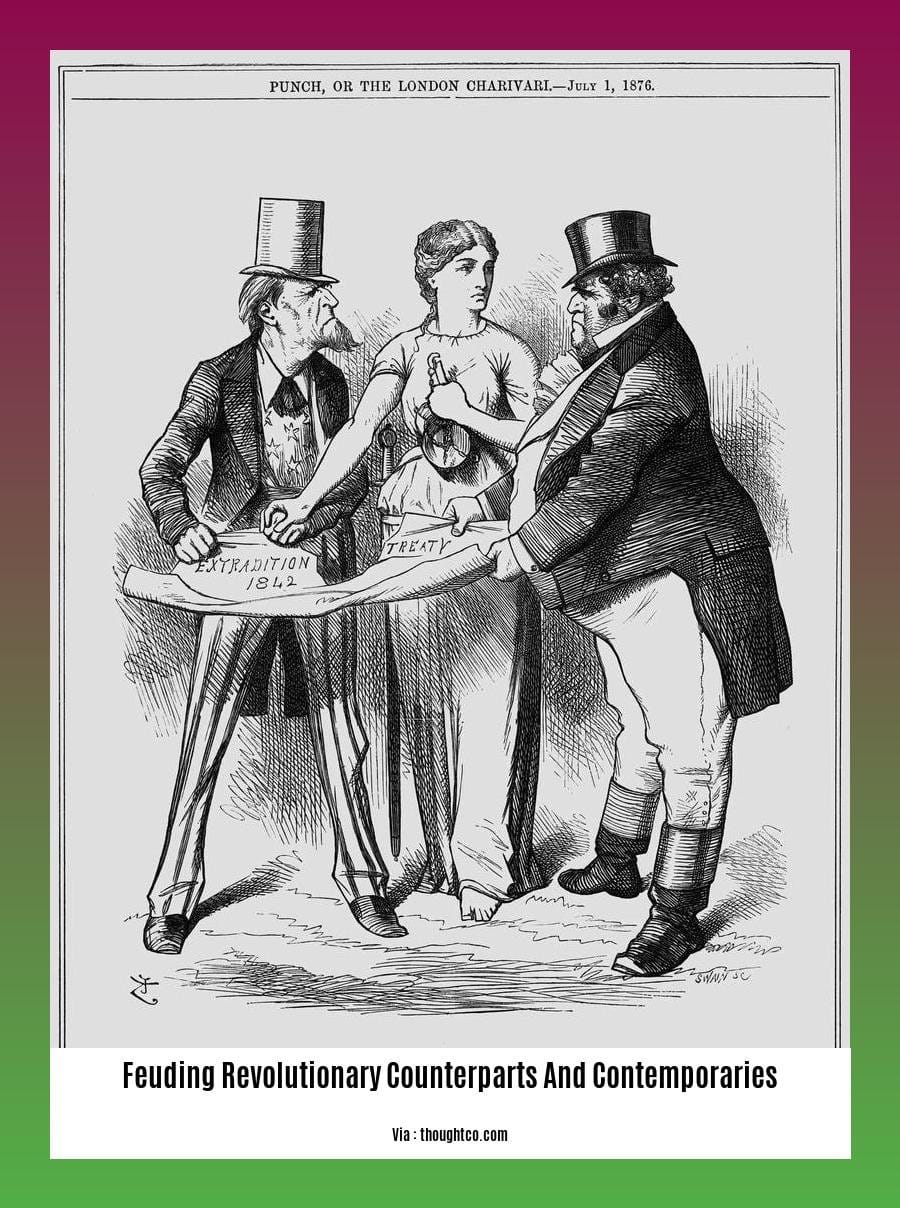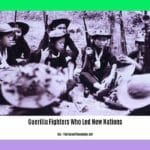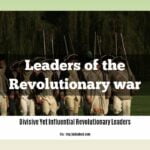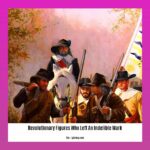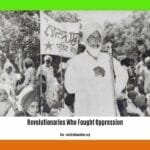Unveiling the Intricate Dynamics of Feuding Revolutionary Counterparts and Contemporaries: Explore the captivating narratives of history’s most influential revolutionary figures and their complex relationships.
Key Takeaways:
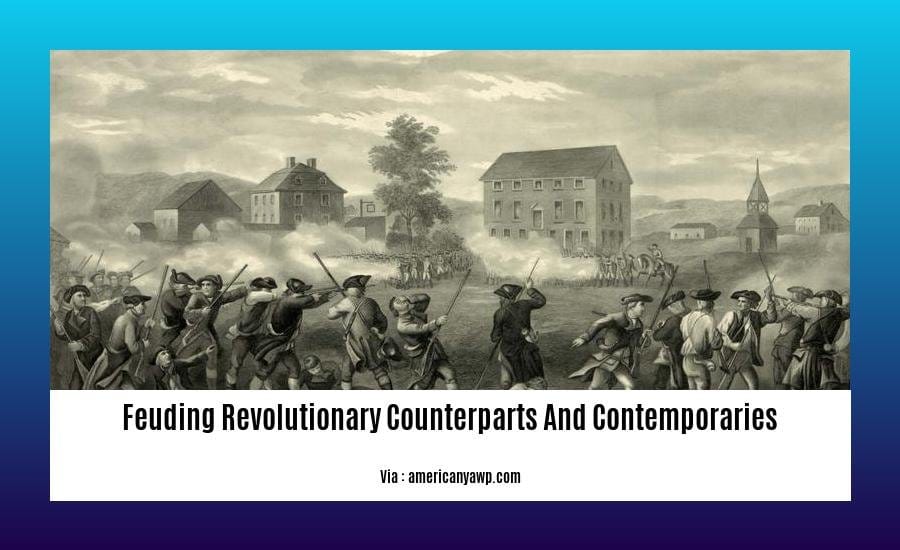
- Feuding was common in medieval and early modern Europe.
- Scholars have expanded their focus to include feuding in various settings.
- Feuding was linked to ideas of peace, war, and the development of nations.
- Warfare methods changed with the Gunpowder Revolution, which had an impact on feuding.
- Compared to other areas, German noble feuds were relatively peaceful.
- Feuding in Germany remains a politically sensitive issue due to its past influence on constitutional development.
Feuding Revolutionary Counterparts and Contemporaries
Throughout history, revolutionary movements have been marked by intense rivalries among their leaders, often referred to as feuding revolutionary counterparts and contemporaries. These feuds have profoundly influenced the outcome of revolutions, shaped ideologies, and left lasting imprints on the world.
Bolsheviks vs. Mensheviks: Vladimir Lenin’s Bolsheviks and Julius Martov’s Mensheviks splintered the Russian Social Democratic Party in 1903 over strategic differences. This feud culminated in Lenin’s victory in the 1917 Revolution, shaping the course of Russian history.
Mao Zedong vs. Zhou Enlai: Mao Zedong and Zhou Enlai’s initially close bond in the Chinese Communist Party turned sour over policy disputes. After Mao’s death, Zhou attempted to reverse some of his policies, leading to resistance from Mao loyalists.
Fidel Castro vs. Che Guevara: Fidel Castro and Che Guevara’s collaboration in the Cuban Revolution was marred by ideological differences. Guevara’s militant approach clashed with Castro’s pragmatic governance style, ultimately leading to Guevara’s execution in Bolivia.
Yasser Arafat vs. Abu Mazen: Yasser Arafat and Abu Mazen (Mahmoud Abbas) led the Palestinian Liberation Organization (PLO). Arafat’s militant stance for Palestinian independence clashed with Mazen’s conciliatory approach. After Arafat’s death, Mazen became President of the Palestinian Authority and pursued negotiations with Israel.
These feuds highlight the fractured human dynamics that permeate even the most transformative movements. They demonstrate how personal ambitions, ideological differences, and power struggles can shape the course of history.
For more information on famous revolutionary figures and their heated competition, continue reading about the revolutionary peers and their intense rivalries, such as the famous rifts that lead to more conflict among famous rifts between contemporary revolutionaries. Explore the rivalries that shaped revolutions, which highlight how these conflicts can alter the course of history.
Fidel Castro and Che Guevara:
As we delve into the realm of revolutionary history, we uncover captivating tales of alliances forged and feuds ignited. Among the most intriguing are the stories of Fidel Castro and Che Guevara. They fought side-by-side, their names forever etched in the annals of Cuba’s liberation struggle, yet beneath the surface, a growing rift simmered.
Ideological Differences:
Castro, a pragmatic realist, prioritized Cuba’s political stability and economic development. Guevara, on the other hand, was a staunch idealist, advocating for radical social change and armed revolution across Latin America. Their conflicting visions sowed the seeds of their eventual estrangement.
Power Struggles:
As the Cuban Revolution triumphed, Castro emerged as the undisputed leader, consolidating his power within the government and military. Guevara, sidelined from decision-making, grew increasingly frustrated. He yearned to continue the revolutionary struggle beyond Cuba’s borders, while Castro favored a more cautious approach.
The Break:
By 1965, the gulf between them had become unbridgeable. Guevara resigned from his government positions and embarked on a perilous campaign in Bolivia, seeking to ignite revolution there. Castro, convinced of Guevara’s recklessness, denounced his actions and distanced himself from his former comrade-in-arms.
Legacy of Rivalry:
The rivalry between Castro and Guevara exemplifies the complex dynamics that often accompany revolutionary movements. Their ideological differences, personal ambitions, and competing visions shaped the course of the Cuban Revolution and left a profound legacy on the global stage.
Key Takeaways:
- Ideological differences and conflicting visions can drive divisions within revolutionary movements.
- Power struggles and personal ambitions can strain even the closest alliances.
- The legacy of feuds among revolutionary counterparts shapes the narratives and outcomes of revolutions.
Citation:
Guevara’s Bolivian Diary: A Historical Perspective
Yasser Arafat and Abu Mazen
In the annals of fiercely competitive revolutionary movements, two names stand out: Yasser Arafat and Abu Mazen (Mahmoud Abbas). These Palestinian leaders’ contrasting approaches to achieving independence for their people set the stage for an enduring rivalry that left an indelible mark on the course of the Israeli-Palestinian conflict.
Arafat, a charismatic and determined guerrilla leader, advocated for armed struggle against Israeli occupation. He led the Palestine Liberation Organization (PLO) for decades, becoming an iconic figure in the Palestinian national movement. Mazen, on the other hand, favored a more diplomatic approach, believing that negotiations and international support offered a better path to statehood.
Their differing ideologies culminated in a bitter feud that tore at the heart of the Palestinian cause. Arafat’s rejection of peace proposals at Camp David and his personalistic style of governance clashed with Mazen’s desire for conciliation and institutional reform. After Arafat’s death in 2004, Mazen became president of the Palestinian Authority and initiated a new era of negotiations with Israel.
Key Takeaways:
- Yasser Arafat and Abu Mazen were prominent leaders of the Palestinian Liberation Organization (PLO) with contrasting approaches to achieving independence.
- Arafat favored armed struggle, while Mazen advocated for diplomatic negotiations.
- Their rivalry shaped the trajectory of the Palestinian national movement and left an imprint on the Israeli-Palestinian conflict.
- Mazen’s presidency opened a new chapter of negotiations with Israel.
Citation:
Yasser Arafat and Abu Mazen: The Bitter Rivalry of Palestinian Leaders
Impact on Revolutions and History
Unveiling the Intricate Dynamics of Feuding Revolutionary Counterparts and Contemporaries
Throughout history, we’ve witnessed profound rivalries unfold between revolutionary leaders, shaping the impact on revolutions and history. These feuds have had far-reaching consequences, influencing the outcomes of uprisings, ideologies, and global events.
Bolsheviks vs. Mensheviks: Lenin’s Triumph
Key Points:
– Ideological Split over party organization and tactics.
– Lenin’s Bolsheviks triumphed, leading to the establishment of the Soviet Union.
Mao Zedong vs. Zhou Enlai: Power Struggles in China
Key Points:
– Disagreements over policies and Mao’s paranoia.
– Zhou attempted to undo Mao’s policies after his death, facing resistance.
Fidel Castro vs. Che Guevara: Ideological Rift in Cuba
Key Points:
– Castro’s pragmatic approach clashed with Guevara’s radicalism.
– Guevara’s execution by the Bolivian army in 1967.
Yasser Arafat vs. Abu Mazen: Palestinian Struggle
Key Points:
– Arafat’s militant approach versus Mazen’s conciliatory stance.
– Mazen’s negotiations with Israel after Arafat’s death.
These feuds highlight the complex human dynamics that shape revolutions. They demonstrate the power struggles, ideological differences, and personal ambitions that can arise among those who seek to transform their societies. By understanding these rivalries, we gain insights into the intricacies of revolutionary movements and their lasting impact on history.
Citation:
Revolutions in the Contemporary World
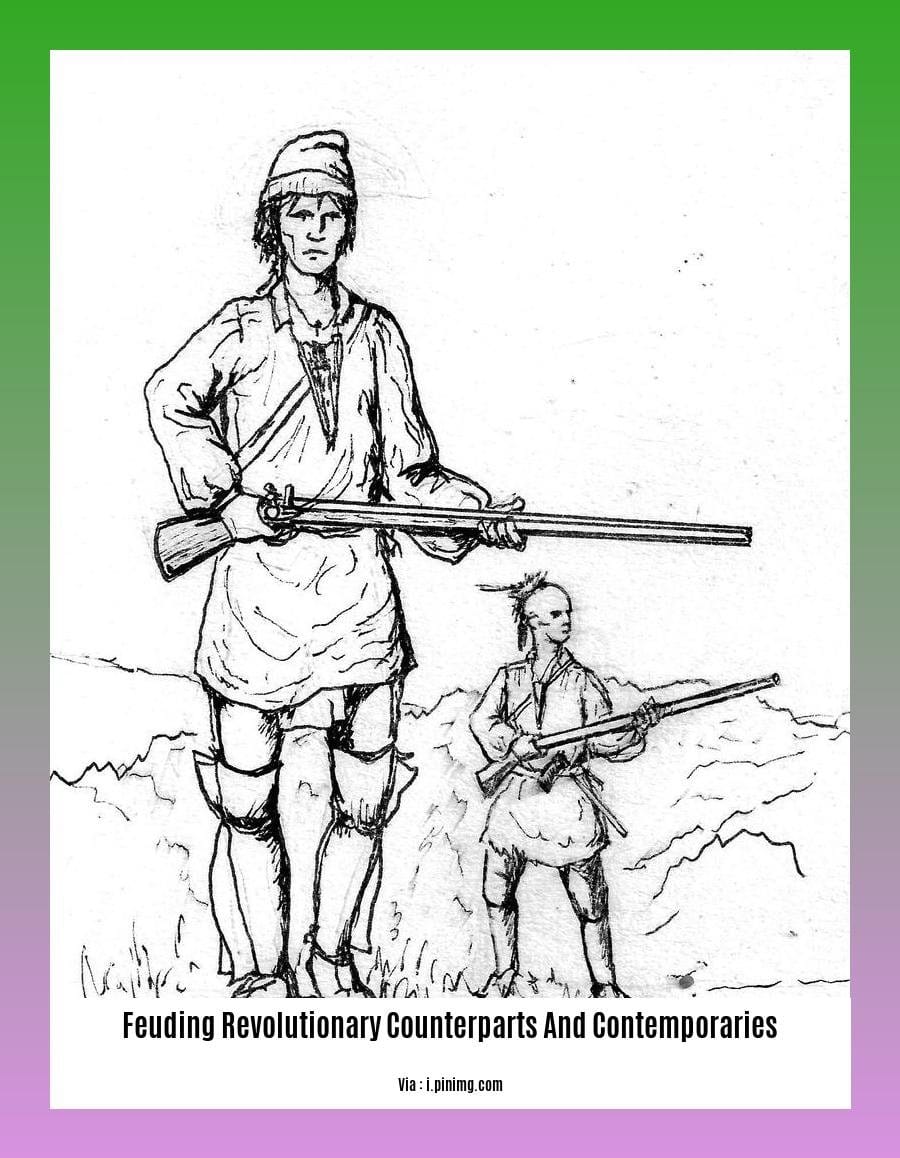
FAQ
Q1: How did feuding shape the political landscape of medieval and early modern Europe?
Q2: How did the Gunpowder Revolution impact the dynamics of feuding?
Q3: Why did German noble feuds exhibit a relatively “civilized” character compared to other regions?
Q4: How does the example of Fidel Castro, Che Guevara, and the Cuban Revolution illustrate the complexities of contemporary revolutionary movements?
Q5: What are the key characteristics and differences between contemporary and historical revolutions?
- Mastering Leader in Spanish: The Complete Guide - April 19, 2025
- Uncovering Surprising Parallels: England Size Compared to US States - April 19, 2025
- Old Mexico Map: Border Shifts 1821-1857 - April 19, 2025
